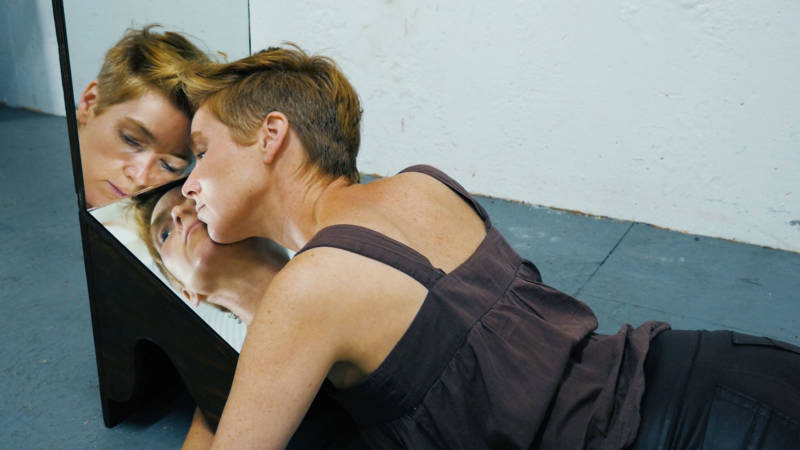An unlikely muse anchors the varied artworks in Slant Step Forward at Sacramento’s Verge Center for the Arts: a slanted step stool-like object, a clearly intentional design without an obvious purpose.
Slant Step is a found object thrifted in Mill Valley by artist William T. Wiley for his friend and student, Bruce Nauman, in 1965; they were delighted to be confounded by this mysterious tool. It’s a clumsily handmade thing, wooden with chipped green linoleum nailed to its slope—a homely object if there ever was one.
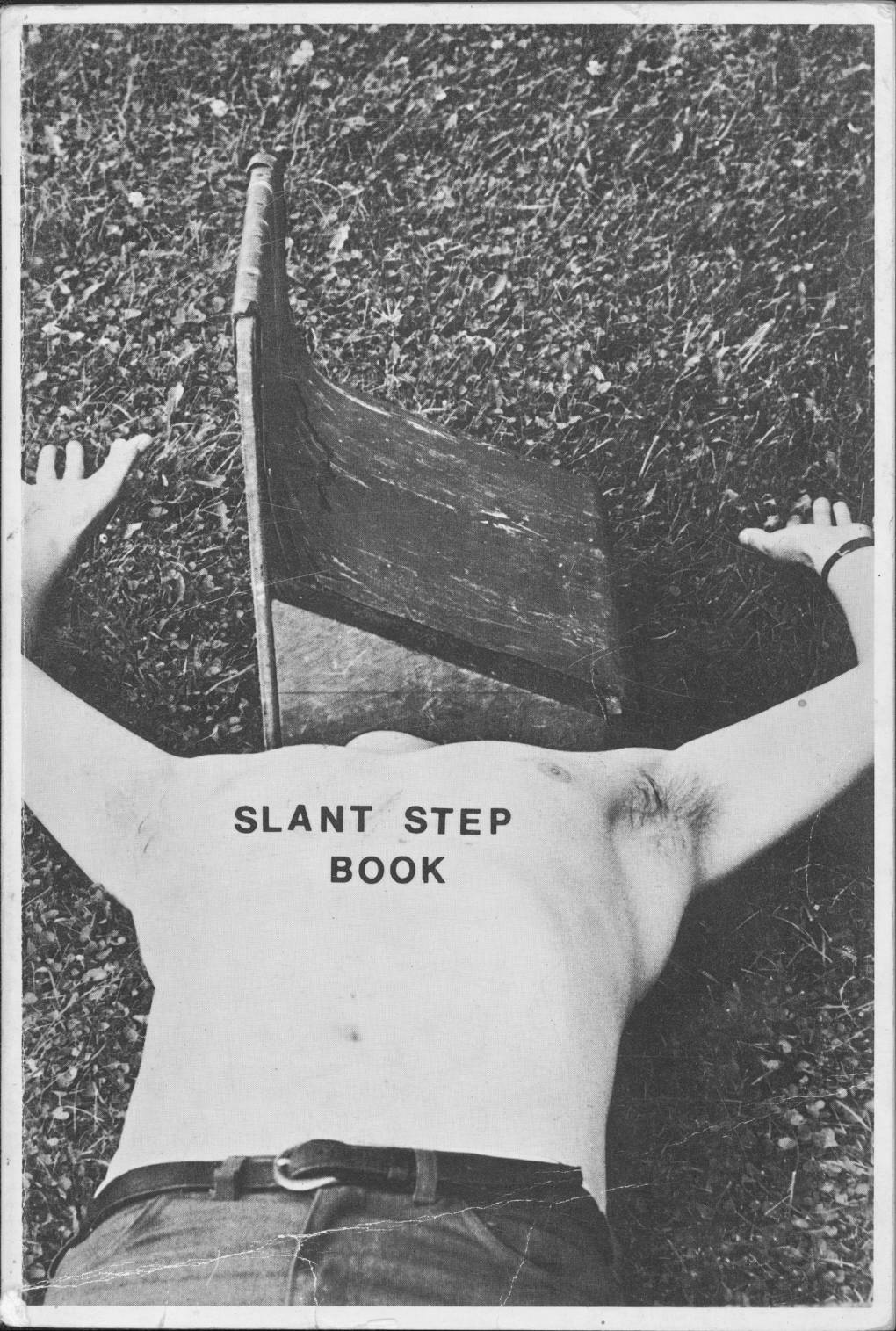
As a step stool, it is dangerously flawed by that steep angle. It would be a terribly uncomfortable child’s chair, or an awkward and pointless shoe shine stand (to name a few interpretations).
The artists spread their obsession across the coasts, prompting other artists and friends to catch on to the object’s odd allure; there have been multiple exhibitions dedicated to the thing, both of Wiley and Nauman’s own incitement and, later, fully independent of the duo, leading to over five decades of related artworks and activity.
Slant Step Forward gives substantial evidence of this phenomenon to those doubtful among us, revealing numerous replicas, homages and reimaginings from many artistic perspectives. It’s a compelling presentation, although I imagine two common reactions to this premise are still just as likely today as they were in the late ’60s: a small group of people well-steeped (pun intended) in art lore going, “Yeah, totally, the Slant Step,” and the rest of us going, “A what now?”
For the uninitiated like me (and, who knows, maybe also for the initiated), the whole fixation on the object is bizarre. Viewing the multitude of artworks revolving around Slant Step often feels like being let in on a weird private joke that still doesn’t make sense even when you hear the punchline.
This storied thing itself is not included in Slant Step Forward, though it is a neighbor—a resident of UC Davis’ Manetti Shrem Museum collection since 2012 (not currently on view). And it doesn’t need to be present: Verge’s exhibition is all about Slant Step’s rippling wake, which has a life force of its own.
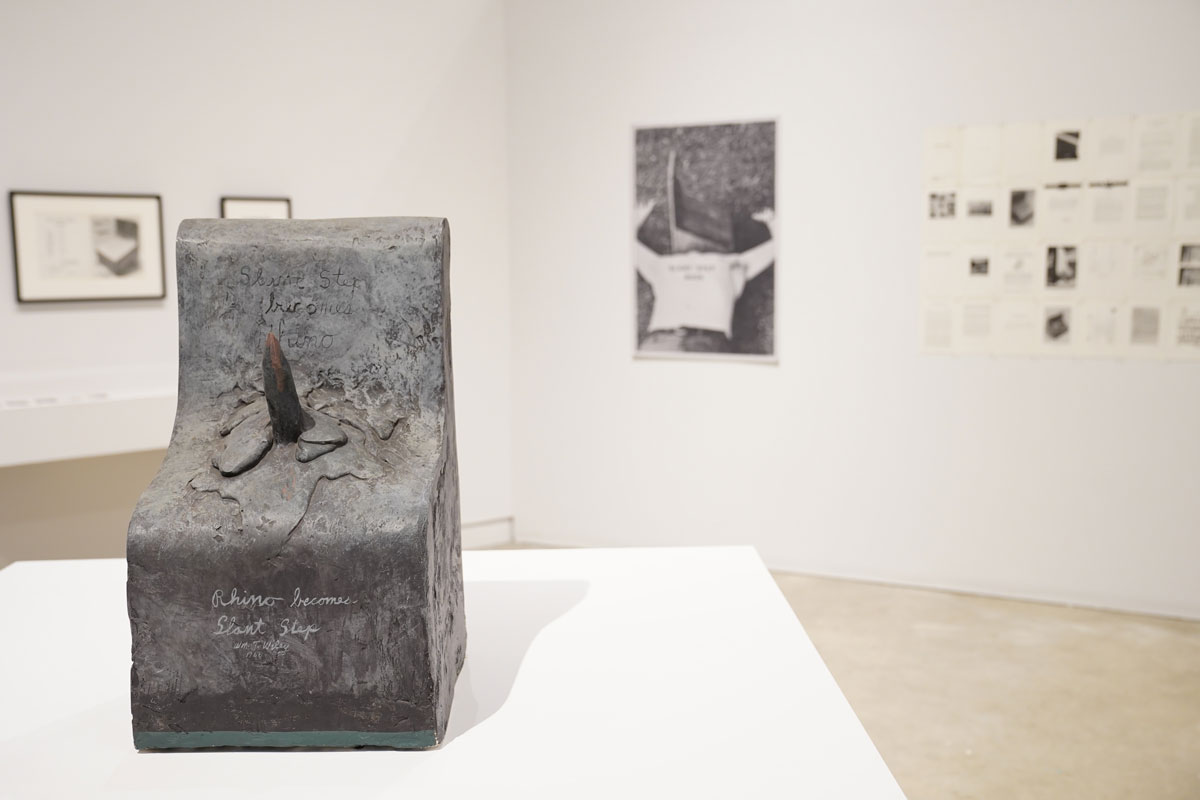
The show honors the semicentennial of the 1969 Slant Step Book, published in Sacramento by artist Phil Weidman, and includes a reproduction of the original. Other regional connections are highlighted in the exhibition’s timeline, giving additional weight to the Central Valley’s role in this long-standing narrative.
While surrounded by the plethora of Slant Step responses, and despite my skepticism, I found the enthusiasm contagious. The atmosphere was fun, quirky and engaging. My personal favorite is an X-ray image taken by Ron Peetz in 1969 and re-displayed in a light box in 2004, a tactic which sums up the collective and fervent hope for Slant Step to reveal its inner truths. Instead, the X-ray only depicts a jagged and inconsistently sized set of nails, evidence only of the object’s imperfect construction.
In the days that followed that visit, however, I found myself still struggling to explain why we should care about Slant Step. It now leans ironically towards being elitist, having become a subcultural celebrity for those in the know (perhaps due to its crescendo of association with white male artists who became fairly well-known and canonical), despite its humble beginnings.
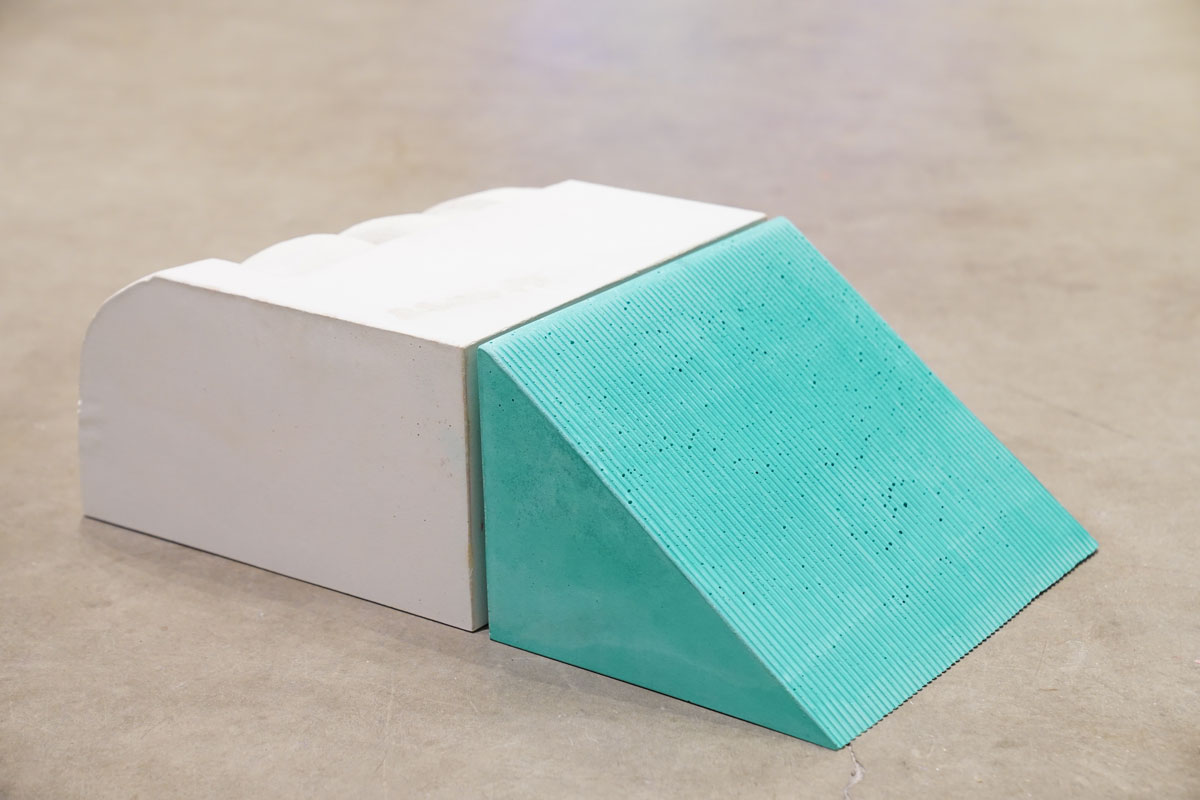
Nonetheless, when I found an article in the Los Angeles Times declaring a sure purpose for Slant Step, my reaction surprised me: I felt crushed. Such a declarative “answer” to the “problem” of the mysterious object felt wrong, and I was relieved that Slant Step Forward offers a list of possible uses in its exhibition text and accompanying publication, including the one from the article, though the show declines to settle on any one in particular. That felt right, somehow.
As Slant Step Forward illustrates, Slant Step-inspired artworks reveal much more about the makers themselves than it does about the object as such. In that vein, the responses that stand out the most in my mind come from the seven contemporary artists Verge commissioned to create new works.
Like Wiley and Nauman, Gordon Hall appreciates the unrecognizability of Slant Step, how it resists identification to some degree, which aligns with Hall’s interest in objects that appear to be functionless. Hall finds a link with refusing immediate social labeling and identification, such as resisting the act of assuming/assigning gender to others based on appearance, and presents a pair of two found, equally “unknowable” objects.
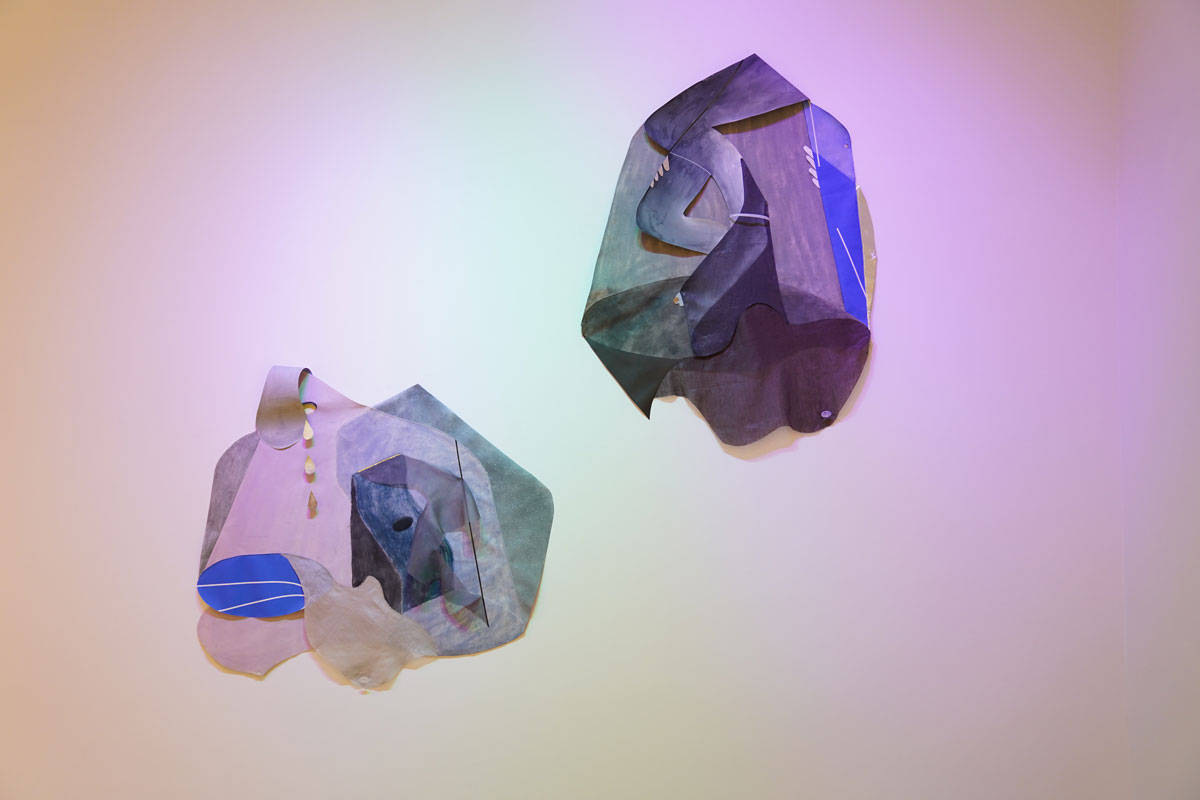
Angela Willett’s video piece plays with the idea of a mirror-coated Slant Step, a bodily performance of interacting with the object that cleverly points out the subjectivity of the act of interpretation; it’s a gentle wink towards the navel-gazing inherent in obsessing over this object.
Aay Preston-Myint similarly addresses Slant Step’s relationship to bodies in two playful collaged drawings, offering the hypersexualized “glory hole” in a humorously queer contrast to Wiley’s aggressively phallic Slant Step Becomes Rhino/Rhino Becomes Slant Step from 1966.
These refreshing takes balance a careful trick of drawing inspiration from the core tradition while making room for new ideas, ones that feel less pithy and more approachable. These works keep Slant Step from remaining an exclusively private joke among insiders. Slant Step Forward takes the ambivalence of the object and lets it be complicated, unsettled and unsettling, a little bit funny, and that is enough; perhaps we’ve asked too much of the thing already.

‘Slant Step Forward’ is on view at Verge Center for the Arts in Sacramento through Oct. 27. Details here.
